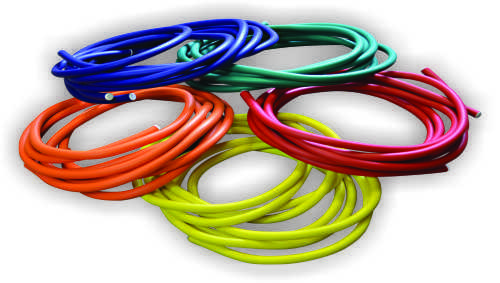
Weave, build and make shapes with these squishy, brightly colored sculpting rods!
The strands come in five vibrant colors that are perfect for color-coordinating activities. Use indoors to make giant grids for rainy day math and sorting activities. Take them outside and make mazes, grids and play environments. Use inside to create play spaces! Each squishy strand is 3 meters (almost 10’) long to encourage gross motor development.
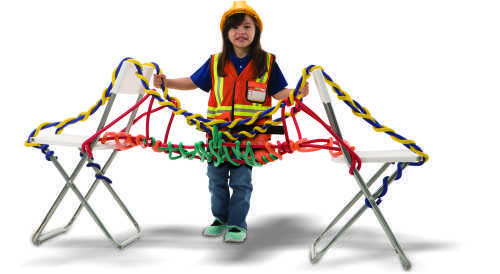
The best part of rainy afternoons is making a fort! The length of these jumbo rods and their flexible cores make them the perfect material to string across chairs or book shelves to make forts. Each strand stays bent in place but pulls off easily. Curl the loose ends around something cylindrical to create adorable curlicue decorations for your fort!
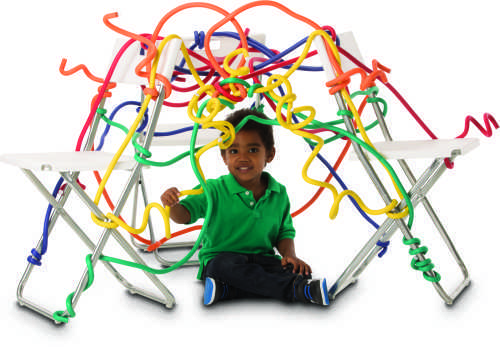
The bright colors of the strands are clearly visible inside and outside! Combine both fine and gross motor skills by challenging kids to weave the strands through a chain-link fence. This activity captivates kids and the results are beautiful!
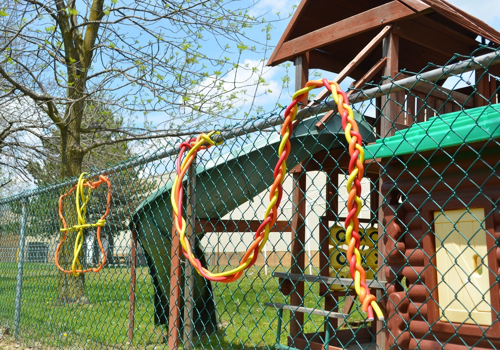
Twist one or two rods around themselves to create a colorful, funky hat!
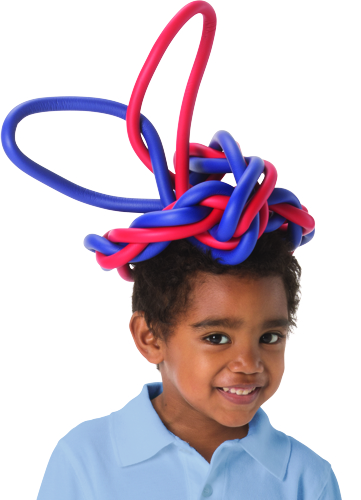
Need a brand-new kind of reading nook in your classroom? Simply twist and weave the long rods together to create a reading nest! Add a blanket or a pillow for comfort, and encourage early literacy.
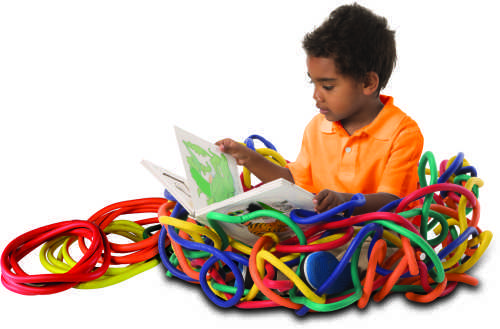
Whether indoor or outdoor these strands make the perfect foundation for big floor grids. Use for games, sorting, patterning and active learning!
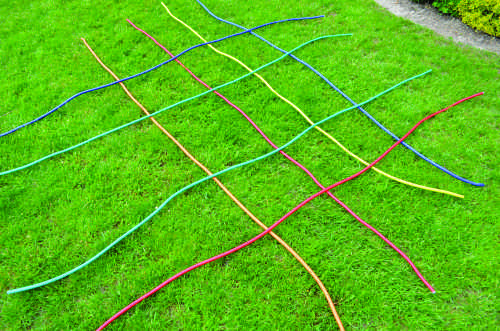

Like us on Facebook, Share this post with your friends, or Subscribe to this blog today to receive original craft project updates every week!

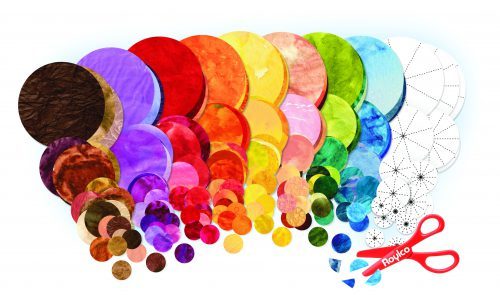

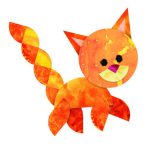

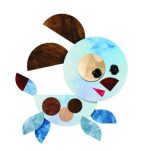

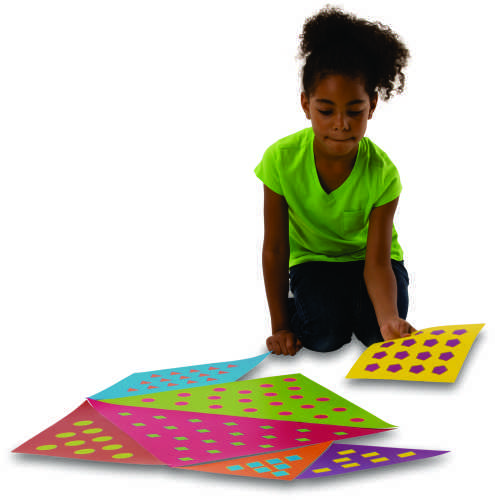
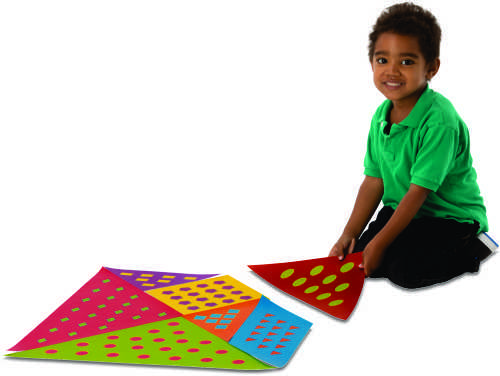

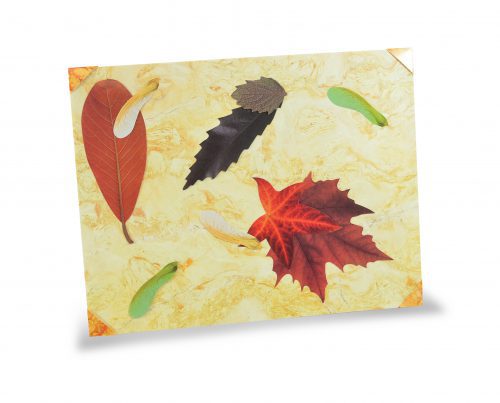 Bring color and beauty to the classroom with these simple but beautiful tiles!
Bring color and beauty to the classroom with these simple but beautiful tiles!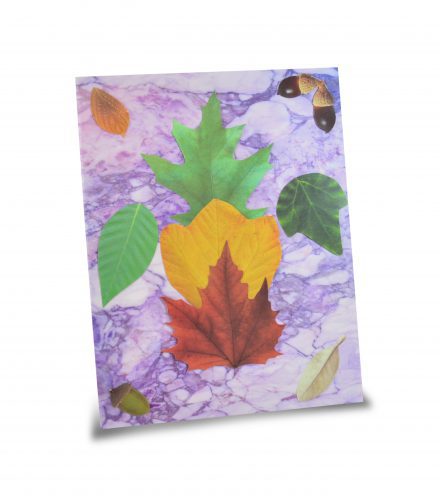


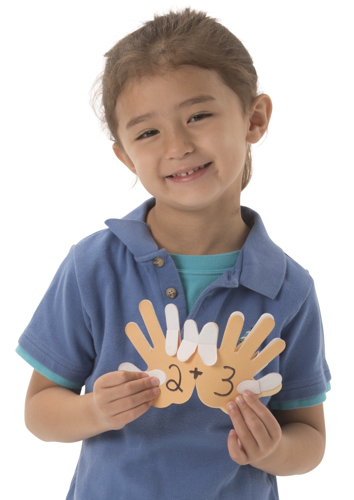
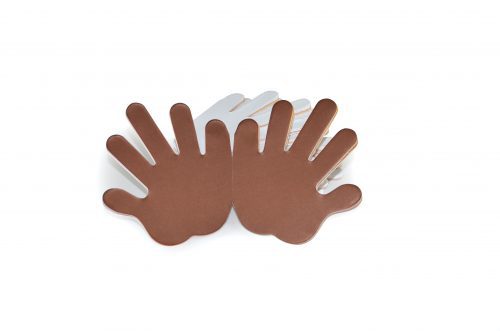
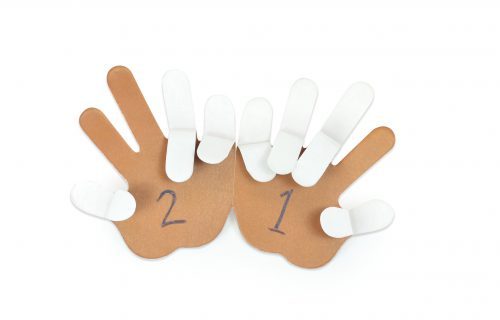
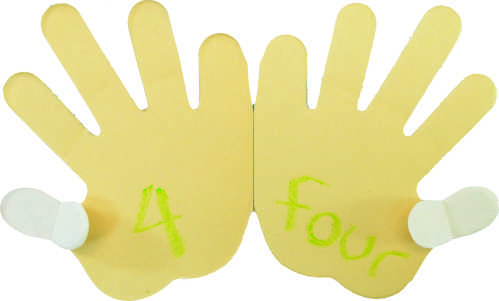
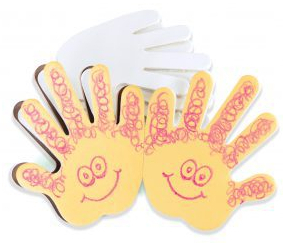

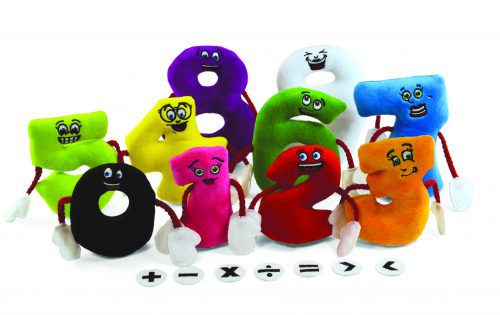
 lets them do just that! We have also included Velcro
lets them do just that! We have also included Velcro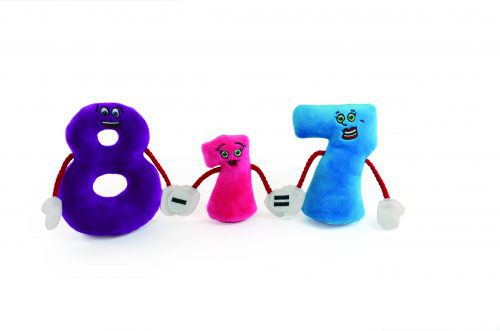



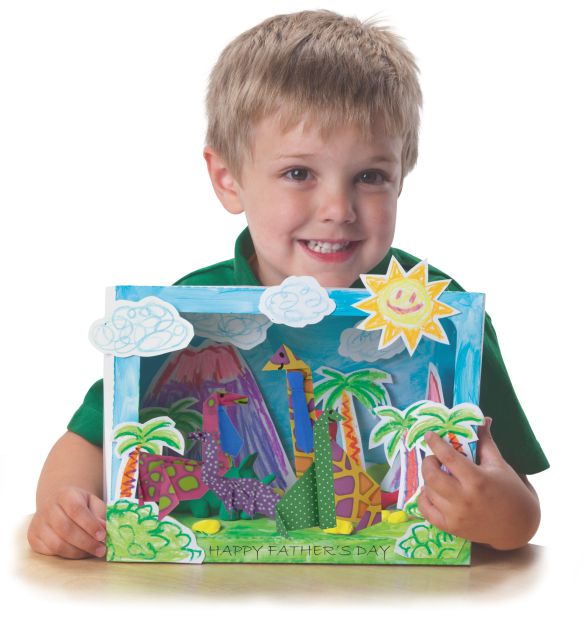
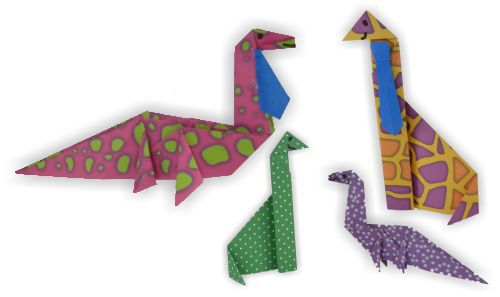

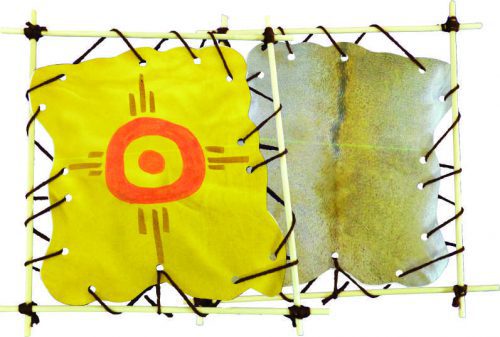


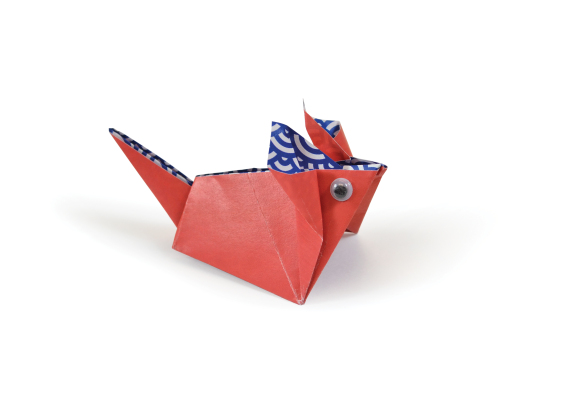 This project is definitely best-suited to third graders because the folds are a little more intricate than our previous projects.
This project is definitely best-suited to third graders because the folds are a little more intricate than our previous projects.